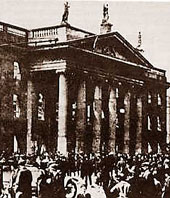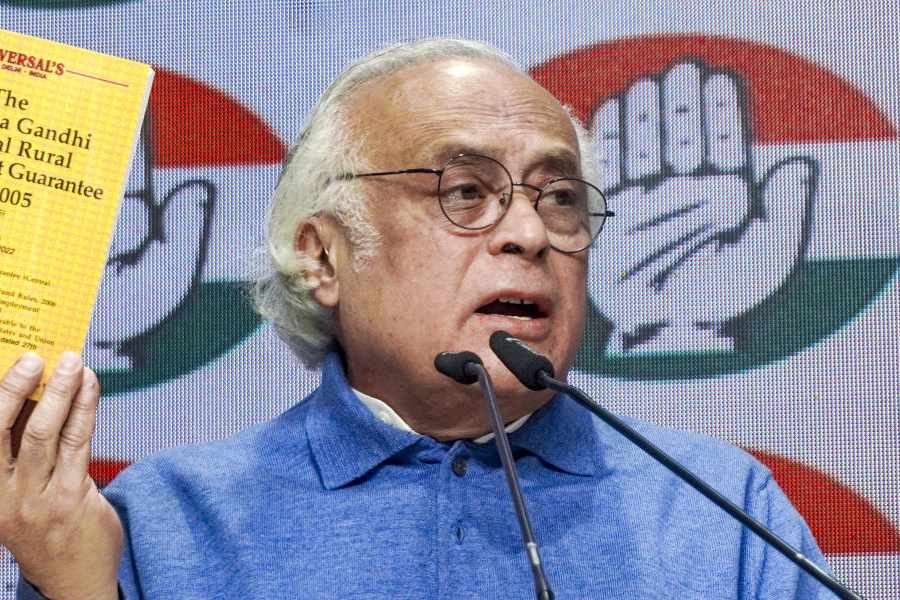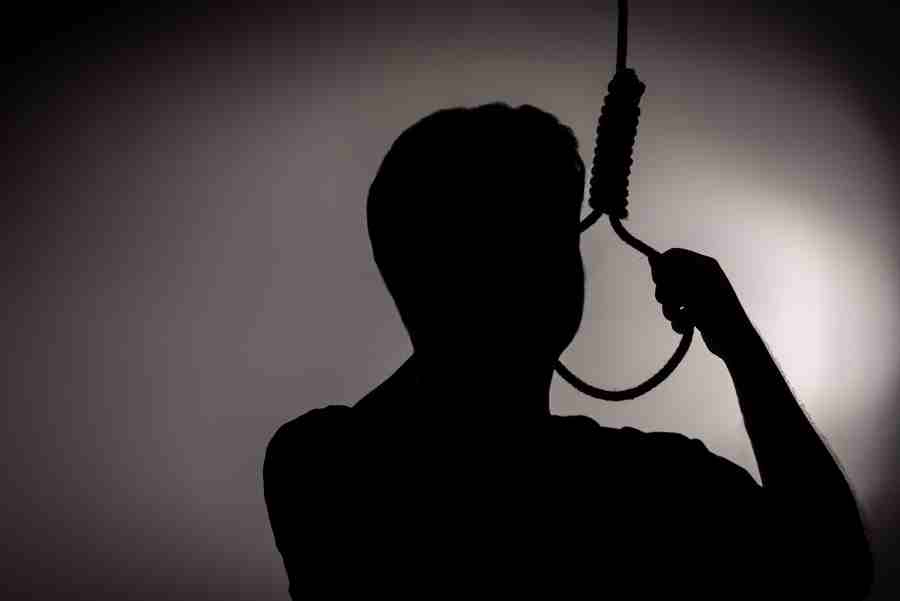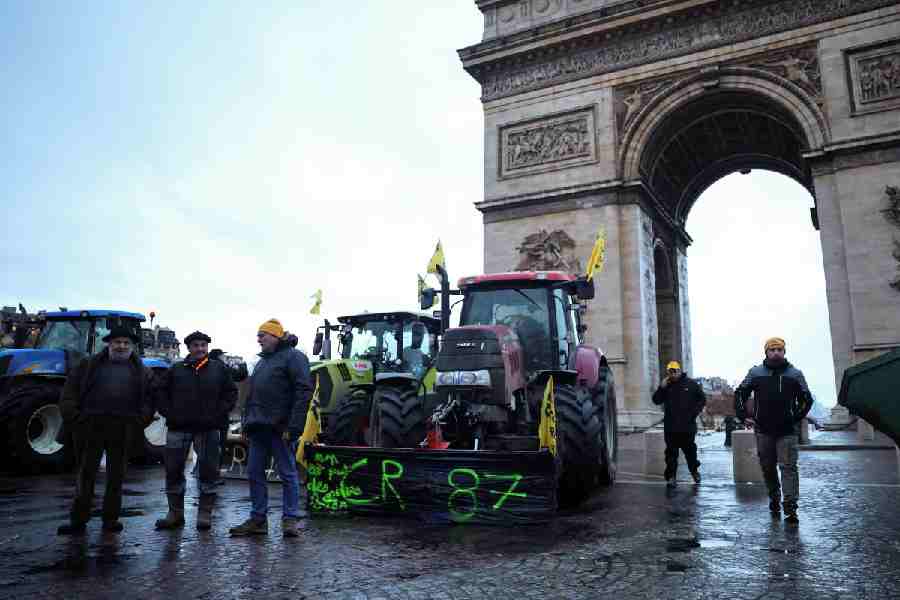 |
| GPO, Dublin, Easter 1916 |
EASTER 1916: THE IRISH REBELLION
By Charles Townshend,
Penguin/Allen Lane, ? 15
In India, students of English Literature rather than history may better know the Easter Rebellion of 1916. ?Easter 1916?, the much-anthologized and quoted poem by William Butler Yeats, pays a somewhat ambivalent tribute to its leaders, and the aftermath of their doomed rebellion, with lines which have assumed universal relevance: ?All changed, changed utterly/A terrible beauty is born.?
On Easter Monday (April 24, 1916), a motley group of rebels ? which included (among others) Patrick Pearse, a middle-class schoolmaster and poet, James Connolly, a hard-headed trade unionist, and Joseph Mary Plunkett, the delicate son of a Papal Count ? staged an armed rebellion in Dublin, at a time when the British state was preoccupied with World War I. Choosing as their headquarters the imposing GPO, Pearse, who was the moving spirit, read out a stirring proclamation of the Irish Republic, calling on the people to revolt in the name of the ?dead generations? of long resistance to British rule.
Charles Townshend, in this comprehensive and even-handed account of the uprising, admits that the language of the proclamation was ?lucid, terse, and strangely moving even to unbelievers?. Reproduced many times, the document serves as a sort of title deed of Irish republicanism. The Easter Rebellion has thus become one of those emblematic events, like Jalianwala Bagh or the Boston Tea Party, which become part of the founding myths of new states. A mist of romanticism obscures what really happened, and often prevents a reasoned appraisal of their significance. Those who have attempted to critique existing pieties ? like the playwright Sean O?Casey ? have faced opprobrium and even violence.
Townshend has not let his appreciation of the courage and idealism of the leaders of the rebellion deflect him from his purpose ? a balanced account, which attempts to correct the distortions involved in the creation of national foundation myths. He admits that such myths may be ?politically vital? to the process of nation building, but ?there has to come a time, when to complete the process of nation building, their elisions and fabrications are recognized, and less flattering aspects of the story can be confronted?.
Like the assassination at Sarajevo, the Easter Rebellion was a muddled and badly planned affair, and in itself was no more successful than the numerous attempts to secure Irish independence through armed rebellion. Chief among the leaders was Patrick Pearse. Townshend?s critical assessment of Pearse focuses (among other flaws) on his gift for high-flown rhetoric and on what many saw (in the words of W.B. Yeats) as his ?vertigo of self-sacrifice?, which made him ?uniquely dangerous?. (In the age of the suicide bomber, these words have a chilling relevance.) His own references to ?a blood protest?, or his invoking of the ?red wine of the battlefields? makes it difficult to disagree with a later assessment (quoted by Townshend) that ?Pearse and those who followed him came to believe that their actions appropriated the transcendent power of the myth? of Robert Emmet and the legendary hero, Cuchulainn.
Yet Townshend wonders how many of Pearse?s co-conspirators shared this view. As he writes, readiness to die is not the same as having a sacrificial death wish. More remarkable is the participation of James Connolly, who often dismissed Pearse?s fighting talk as the thinking of a ?blithering idiot?, or as Townshend puts it, ?vacuous romanticism or a mindless commitment to physical force without social content?. But when socialist internationalism collapsed as the working class responded patriotically to the war, all that could be salvaged was the historic opposition of Britain and Ireland. Connolly threw his lot in with Pearse and the others.
Pearse and his cabal had to keep their plans secret, not only from the British authorities, but also from the leadership of the nationalist militia, the Irish Volunteers, and its canny leader, Eoin MacNeill. The rising was planned for Easter Sunday, the day surely not unrelated to Pearse?s musings on Christ?s sacrifice. Townshend recounts how MacNeill got to know of the plans almost on the eve of the planned date. Aware that the uprising had little chance of success, once a shipment of German arms was lost, MacNeill demanded that it be stopped immediately.
In what came to be seen as the most controversial action, MacNeill issued a countermanding order to all units around the country. This contributed to the muddle and confusion of the rebellion. But the rebel leaders went ahead anyway, with the result that the revolt was largely confined to Dublin, with many volunteers having to be hauled out of bed on Monday morning. The ineptness of the leaders can be seen from their failure to capture key points in the city like Dublin Castle or Trinity College, which could have served as secure centres: instead they chose the GPO for its symbolic value.
In the next week, Dublin was transformed into a bloody battleground and its city centre into a charred shell. Caught unprepared, the British authorities wasted little time in declaring martial law and sending a tough general, Sir John Maxwell, to crush the rebellion. Maxwell had no hesitation in using heavy artillery to flush out the rebels, who held out bravely till Saturday, when they surrendered unconditionally, to spare further civilian suffering. Townshend brings out the human dimension of the fighting, from the viewpoint of the rebels, trapped in the carnage of the city. Although the leaders were mostly male, he does not forget the part played by women as well.
What happened next would bear out Yeats?s words about the transforming power of the uprising. Although there was some support from the populace, many others (often women, whose men were serving in the British army) abused and cursed the rebels. But the British took the singularly ill-judged step of executing sixteen leaders, after summary trials. Immediately they became transformed into martyrs.
The shootings crystallized and ?quickened the pulse of the separatist movement?, according to Townshend, and destroyed the prospects of the parliamentary party and Home Rulers. Yeats?s poems played their part: a lesser known poem, ?Sixteen Dead Men?, emphasized that the hour of compromise was now over: ?But who can talk of give and take/ What should be and what not/ While those dead men are loitering there/ To stir the boiling pot?? Soon afterwards, pictures and postcards of the rebels began to circulate. Plunkett?s marriage to his fianc?e a few hours before his death would provide the rebellion with a new romantic icon, while the ghastly details of the shooting of Connolly ? seriously wounded, he had to be propped up in a chair before the firing squad ? sent a thrill of horror and indignation around the country.
While Townshend is severe on the shortcomings of the rebels, he can understand their compulsions. What lifts this book from a mere chronological account are the chapters where he reflects on subsequent events, as well as the ambivalent legacy of the uprising, both for the Irish Republic and Ulster. It is worth recalling that in the late Sixties, the Provisional IRA in Ulster invoked the spirit of 1916, and set in motion another cycle of violence and repression, which saw no let up until the Nineties.











